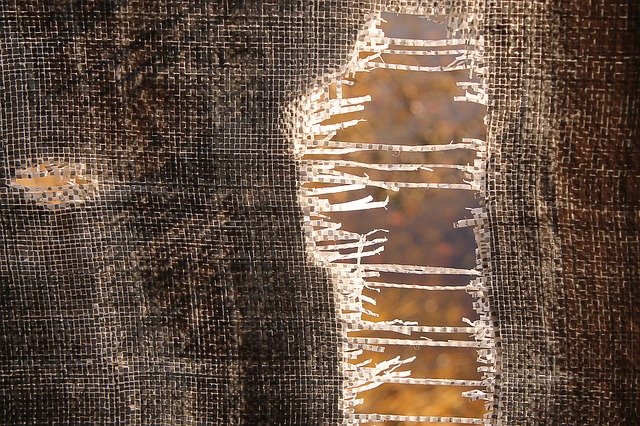Brendan Kiley, the Seattle Times’ astute observer of the arts scene here, is a contributor to a Times story about what the city has lost in the past decade of growth. Instead of mourning a place or building or lamenting the departure of an arts organization or artist, he chooses shrinking artistic opportunity:
Blame it on rents, the cost of living, the cost of everything — but that messy margin, where people made work that could be thrilling or could be awful, but it certainly wasn’t conservative, is vanishing.
Whereas explosive growth and boomtown development signal business prosperity and opportunity, in the arts it has the opposite effect:
There were guerrilla, performance-art boxing matches in alleyways; lo-fi, high-ambition plays produced for $400; an adaptation of the George Saunders story “Winky” with a set that wanted to crack open and rearrange itself, but couldn’t quite get there; buildings (like the U.S. Rubber Building in Pioneer Square or the 619 Western Building beneath the Alaskan Way Viaduct) where hordes of artists lived and worked for cheap, meaning they didn’t have heavy-hustle day jobs, meaning there was time for dreaming, incubating, failing and trying again.
Much of that is disappearing (or already has). And many of the arts institutions that remain are so focused on the essentials of survival it’s increasingly difficult to experiment or play. When margins are so close, a failed project is less tolerable. What does this mean for the culture of the city? It can’t help but change the ways we calculate what is possible (and what isn’t).
Tech companies are founded on innovation, on changing the world, on risk and ideas built to be exciting. They were attracted to Seattle because of the culture of innovation here (and the fact it was cheaper that Silicon Valley). They make big bets. For now, they are the animating creative force in the region. But as the city gets more expensive and the cost of failing grows, will tech ultimately follow the arts and make fewer big bets? Or worse, calculate that it’s easier to risk someplace else where it’s cheaper…
Discover more from Post Alley
Subscribe to get the latest posts sent to your email.


Has Seattle really changed all that much, culturally and artistically? When I first moved here 17 years ago, Seattle struck me (with a few exceptions) as a relatively bland middlebrow white progressive city. Today it seems like a relatively bland, upper-middlebrow white progressive city (with a few exceptions). Plus ça change.
I think you’re asking a different question. Seattle is relatively middlebrow in its consumer tastes — then and now. But among the creators of culture there’s less ability to take artistic risk because of the costs, and consequently what’s being produced in the arts here seem to be narrowing rather than broadening.
In North America, painter or other visual artist can be risky as they like. A composer or musician can be as far out there if they don’t mind being left out there. But in the collaborative performing arts, risk-taking starts with people of means putting up the cash for risk-taking artists to take risks for them.
By that standard, Seattle has never been a place where risks are often taken, nor a place where taking risks is rewarded. A single example: early in his tenure at Seattle Rep, Dan Sullivan invited the performance artistMartha Clarke to recreate her 1984 celebrated fantasia on Hyronymus Bosch’s painting The Garden of Earthly Delights. The show was short, showy, and full of (literal) flights of fancy. But a penis or two made a brief appearance: the Rep lost dozens of subscribers, Sullivan was hung out to dry by his trustees, and it was years before the damage was repaired.
These days a glimpse of penis is nothing heinous, but the danger to a major producing organization violating “community standards” is probably greater than ever, and there are certainly fewer wealthy people willing to pony up for work that could bring the house down on their heads.
You can sum up our region’s contribution to the perfoerming arts of the 20th century by listing the names of a few dozen talented people who were born here or trained here and, after a quick look around at their prospects, took off for more promising pastures. Make your own list.